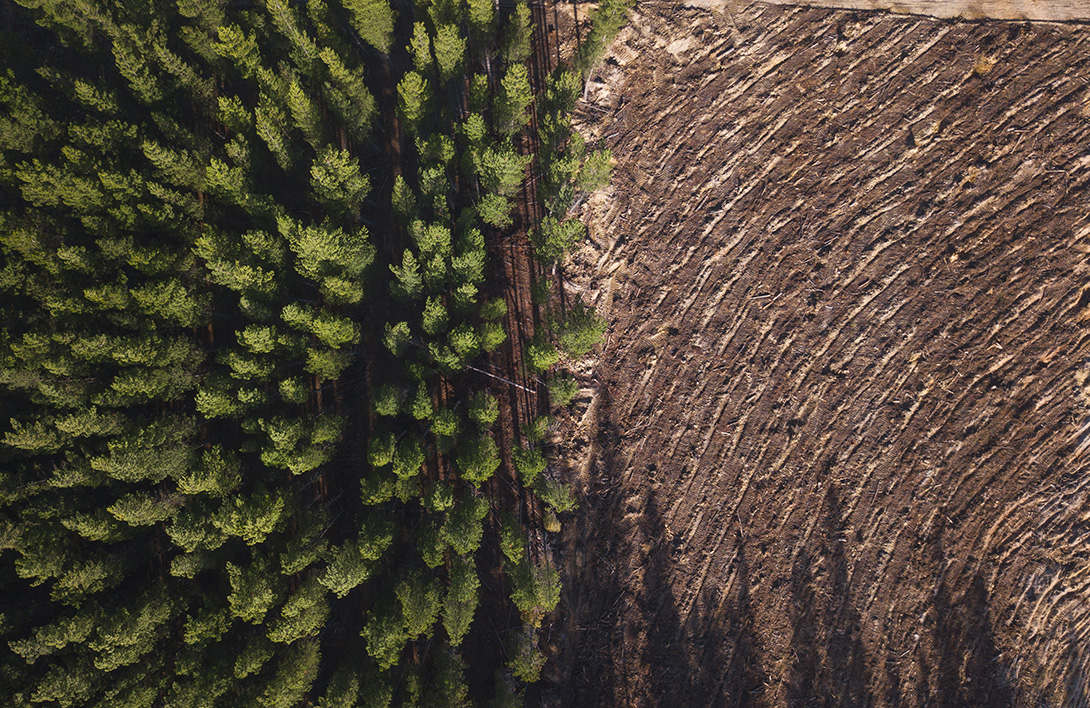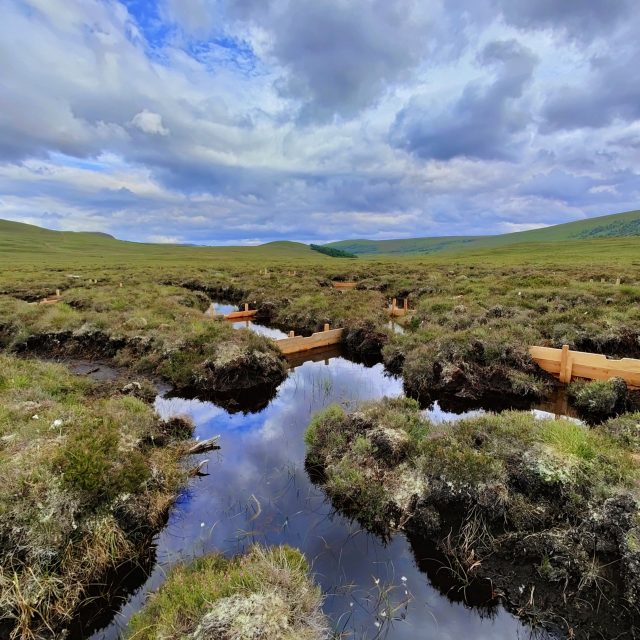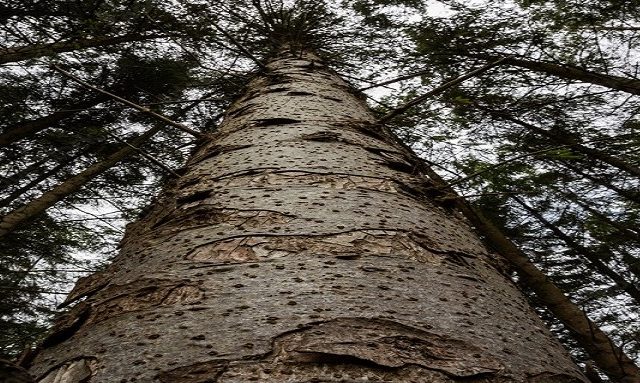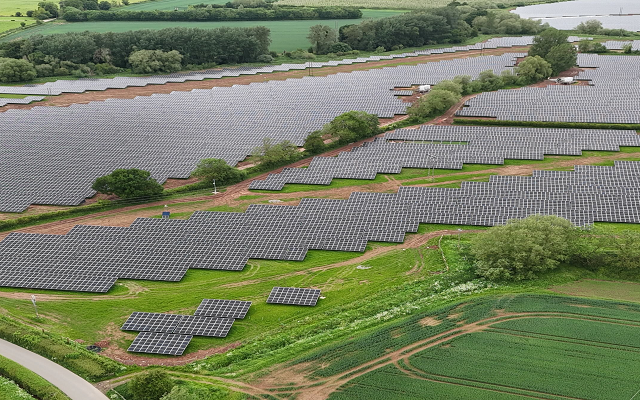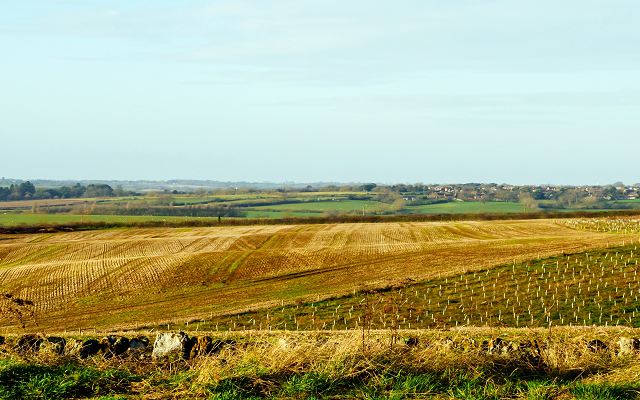How the market for carbon credits will increase UK tree planting
Trees were a hot topic during the last General Election campaign, with all political parties making pledges to ratchet up levels of planting.
In the March Budget, Chancellor Rishi Sunak confirmed a £640m funding package in England and Wales with a promise to plant 30,000 hectares annually between 2020 and 2025 – more than double current planting rates – with an ambition to extend tree cover from 13% to 17% in the UK.
This drive reflects trees’ potential to capture and store carbon dioxide, so helping fight climate change. Their benefits go beyond this, too – they can reduce flood risks, encourage biodiversity, enhance the landscape and purify the air, as well as providing timber and offering opportunities for sport, conservation, recreation and amenity, helping towards several of the UN’s Sustainable Development Goals (SDGs).
The fundamental problem has been how to turn pledges into new planting, particularly in England, given that 84%of all new planting in the UK last year took place in Scotland.
Jon Lambert, senior director at John Clegg & Co, Strutt & Parker’s forestry arm, says that the market context is positive, with the sector showing continued buoyancy – there was a 23% increase in sales prices of commercial forestry last year.
There is strong demand for timber, with the UK one of the least densely forested countries in Europe and the second biggest net importer of timber in the world after China.
‘The forestry sector is in rude health and the future looks excellent, but can we extract more value from our trees?’ he says. ‘I think we can.’
And this is where carbon comes into the equation. While it is very much the ‘new kid on the block’ when it comes to forestry valuations, it has the potential to be a valuable new source of income for forest and woodland owners as the market matures, according to Lambert.
The £50m Woodland Carbon Guarantee Scheme (WCGS), launched by Defra in 2019 and which applies in England, has given carbon trading a new profile in the industry.
Designed to encourage landowners to plant trees which will enable businesses to offset their carbon footprint and help the UK reach its net zero target by 2050, it gives farmers and landowners the option to sell Woodland Carbon Units (WCUs) to the government at a fixed price, determined through six-monthly reverse auctions. It allows them to bid the minimum price at which planting becomes a financially viable option to compete with alternative land uses.
To be eligible, woodlands must be registered with the Woodland Carbon Code (WCC), a scheme which providesa carbon standard for woodland projects and the amount of carbon sequestered in them. Once in the WCGS, an owner can decide whether to sell the carbon to the government when the carbon is verified every five or ten years. The owner can choose a different option at each verification point.
At the time of going to print, official figures from the first auction had not been released, but it was understood that the government had offered contracts at £25-35/t CO2.
It is already possible to trade carbon credits on the open market – to sell WCUs to companies looking to compensate for their own emissions. However, prices are unfixed and vary enormously; they are currently trading at £6 to £15/t CO2.
‘Carbon trading is not new, but the WCGS initiative is very interesting,’ says Lambert. ‘It’s a significant development for the UK government to take a view that woodland carbon is a marketable asset. I believe we will see very substantial capital appreciation as we monetise carbon storage.’
However, while carbon trading is set to play an important part in the future of the forestry industry, carbon credits do need to become more valuable to make a significant difference, he believes.
He also makes the case for a financial mechanism that recognises the value of carbon locked up in existing woodland. ‘If we are serious about the advantages of carbon storage, then why not? We need to make the wider forestry sector as attractive as possible.’
Carbon price outlook
Strutt & Parker rural research director Jason Beedell believes the price of carbon is set to rise significantly.
He cites research by academics from the Grantham Research Institute on Climate Change and the Environment and the Centre for Climate Change Economics and Policy who say that a carbon price consistent with the government’s net-zero target would start at £50/t CO2 (with a range of £40–100/t) in 2020, reaching £75/t CO2 (£60–140) in 2030 and £160/t CO2 (£125–300) in 2050.
This is what is known as the ‘shadow price’ of carbon, which is used to incorporate carbon in economic appraisal of public investments. While the shadow price is much higher than the current market price, it shows the expected increase over the next 30 years.
Given the optimism in the carbon market, Lambert expects the WCGS initiative – which applies to conifers and broadleaved woodland – to accelerate planting in upland areas such as Northumberland, Cumbria, Lancashire and Yorkshire and on poor quality farmland.
‘We are talking to investors interested in buying land in England, for whom the WCGS is very attractive.’
However, he adds: ‘Carbon credit values are likely to rise. So the question is whether you want to tie up some of those rights today, while there is a view that the value could feasibly increase in the medium to long-term.’
In tandem with the WCGS, another way to unlock the carbon value of trees is through the private sector and payments are likely to be realised more quickly under such deals.
One such private firm, Forest Carbon – which has been trading since 2006 – offers 70% of payment on completion of planting and 30% when a project has had its first satisfactory verification five years later.
Director James Hepburne-Scott stresses the voluntary nature of the market. ‘There is no fixed price for carbon. It is a matched bargain between a landowner and a buyer. Prices are rising because demand is increasing,’ he says.
‘There are two determining factors: what a seller is willing to accept and what a business can be persuaded to pay. But you must remember that this is a voluntary market and there are cheaper verified carbon credits available from overseas.’
ROUTES TO FUNDING
Matthew Bennison, land agent and senior associate director at Strutt & Parker, highlights the range of funding available in England for forestry and woodland, including capital grants, through England’s Countryside Stewardship Scheme, the Forestry Commission’s Woodland Carbon Fund and the HS2 Woodland Fund.
While such grants can be applied for in tandem with WCGS funding – and the government is at pains to reassure landowners that any woodland creation schemes done now will not receive less support than when the Environmental Land Management System (ELMS) is introduced – Bennison stresses that forestry projects have to make sense as part of the wider rural business.
‘In England and Wales, it is currently difficult to make the economics stack up if you are only focused on the financial benefits. Some of the grant conditions can be quite onerous and interested parties need to look at funding options very carefully and work out whether the shoe fits,’ he says.
Lambert, meanwhile, believes the results of a more effective policy framework are being seen north of the border, where the Scottish government’s more comprehensive and easy-to-access Forestry Grant Scheme underpins considerable planting. It supports new woodland creation – funding initial planting, annual maintenance and costs such as fencing and tree protection; plus provides for the management of existing forestry through capital grants for woodland management and annual maintenance for sustainable forest management.
In 2018-19, new woodland creation in Scotland extended to more than 11,000 ha, exceeding its 10,000 ha target and representing the highest figure since 2002.
‘There, strong competitive bidding for land suitable for planting is lifting prices to new levels. This is what we need if we are to materially increase forest cover in the UK, but the momentum needs to spread to England and Wales to achieve real success. But I believe the grants system south of the border will change to facilitate planting targets and once that happens we will see a big improvement there.’
However, he stresses that the focus must be on planting the right trees, in the right places, for the right reasons.
Lambert believes attitudes are changing with more people recognising the scope for the farming and forestry sectors to work together in a very positive way.
“Far more farmers are now coming and asking questions about forestry. There has been a sea change in view.”
This article first appeared in the Spring/Summer 2020 issue of Land Business.
